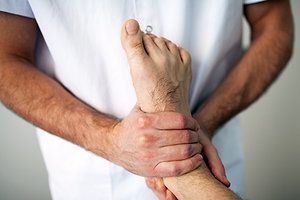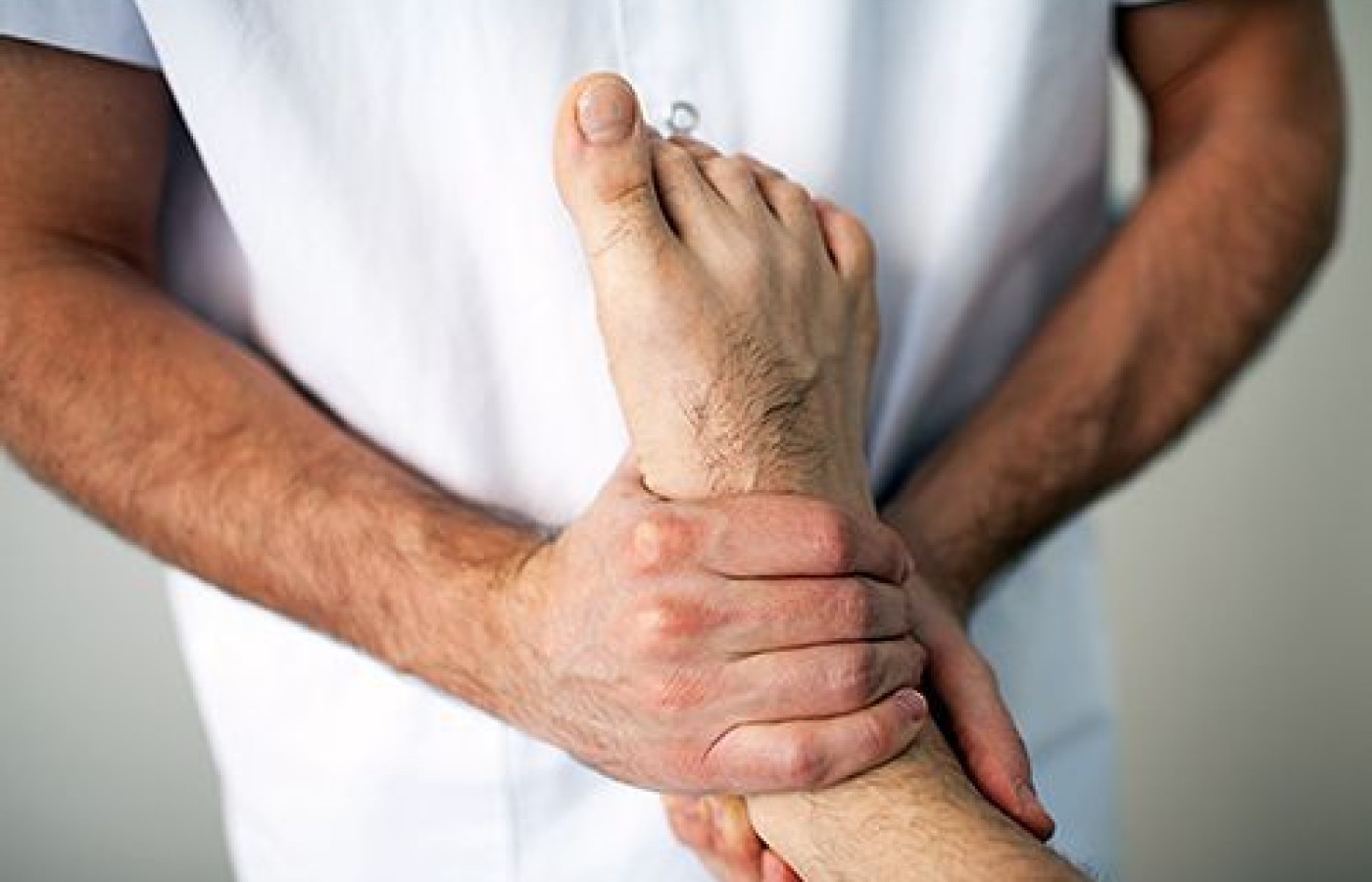New York's highest court of appeals has held that no-fault insurers cannot deny no-fault benefits where they unilaterally determine that a provider has committed misconduct based upon alleged fraudulent conduct. The Court held that this authority belongs solely to state regulators, specifically New York's Board of Regents, which oversees professional licensing and discipline. This follows a similar recent ruling in Florida reported in this publication.
Make the Feet the MVPs of Your Sports-Centered Care
On a daily basis, chiropractors have the honor of treating patients who play all types of sports. If you ask the average athlete, "How do you maintain your optimal health so you can keep playing your sport?," common answers include proper nutrition, appropriate exercise, adequate rest and hydration. "Caring for my feet," unfortunately, is not typically among the top answers.
Feet are frankly an afterthought for most athletes. Some may make a general statement about wearing "proper" shoes, but typically an athlete will trust their coach or shoe salesperson as the "expert" on which type of shoe to wear. Although this can work out in some instances, lack of knowledge of the feet and proper footwear is potentially dangerous for your patient, especially those who engage in sports. Follow these easy steps to help your athletic patients maintain health and maximize performance "from the ground up."
1. Explain the Foot's Three Arches & How They Affect the Entire Body
When patients know why, they comply. Educate your patients on why the feet matter and how they structurally work. The three arches form the plantar vault on the underside of the foot: the medial, lateral longitudinal and transverse arches. If these arches are not well-supported, the foundation of "our house," the body, is compromised. In over 80 percent of humans, the tendency is for the arches to flatten or overpronate. This has serious effects on the biomechanics of the axial kinematic chain from the ground up.

Ground forces affect an excessively pronated foot. When the arch support is compromised, it results in stress placed on the medial ankle / knee, lateral femur, continuing up into the pelvis, lower back and above. (Supination only occurs in about 5-10 percent of the population, so it is not as common.)
Once the plantar fascia stretches, the arches flatten, the foot gets longer and wider, and problems will ensue. It is just a matter of time. There is no unstretching of the plantar fascia or unflattening of the foot. Therefore, proper support is critical to manage the collateral damage of flattened feet.
Have the patient stand in front of you and point out what their feet are doing. Is the instep dropping down? Are the feet flaring outward? Are there bunions, corns, callouses? Are the Achilles tendons bowing inward? You can follow it up to the knees and see if the knees are knocking. Use the patient's body as the road map to show them how flattened arches are having a stressful effect on their body. If things look like this when they are standing, imagine what they look like when they are running or engaged in a sporting activity.
You can use a general set of three-arch supporting flexible orthotics, called a proprioceptive test kit, which the patients can step on to feel the added support beneath their feet. Often the patient's eyes light up when they see how much support their feet have been lacking.
Muscle testing your patients while standing on the orthotics, then stepping off, is another powerful tool in showing them how proper foot function and support can help the entire body feel and perform better. The patient actually feels correction under their arches and it helps hammer home what you have taught them – how foot function affects the entire body's function.
2. Teach Your Patients to Be "Footwear Aware"
Even the most "high tech" of sports-specific shoes are not that supportive. (There are some exceptions: Asics, Brooks and New Balance are among those brands that offer decent support.) Challenge your patients: have them peek inside their own shoes and run their fingers along the inside sole – is it hilly, contoured? While some shoes have a thin strip of inner arch support, more frequently, the sole is as flat as a pancake.
Also notice the wear pattern at the back and underneath the shoe, and train your patients to do the same. Often the posterolateral heel region wears and is an indication of an overpronator. Wearing orthotics will help control pronation, extend the life of the shoes and give patients the support their foot arches so desperately need.
When people are not wearing their sports shoes, they are wearing flip-flops, sandals, boots, Toms, Converse, Vans, UGGs, flats and for women, the dreaded heels. I mention non-sports shoes because their arch support can be even worse, and even pro-athletes spend time off the field or court. If patients walk unsupported and their arches continue to flatten out, their joint biomechanics will worsen. This will further affect their ability to perform their sports without undue stress on their bodies.
3. Recommend Foot Stretches / Exercises for Secondary Strength
Rolling the feet over a tennis ball, lacrosse ball or foot roller and even getting a massage helps to reduce the tension of the muscles and soft tissue on the underside of the foot. Using a foam roller or muscle stick on the calves, shins and even the quadriceps femoris muscles (on the thigh) can help relax them and indirectly help the feet feel as well. Bands or tubing will exercise the foot in inversion, eversion, dorsiflexion and plantarflexion quite easily. No fuss, no muss, and the bands and tubing are portable.
Exercises to strengthen up the muscles of the foot can also be helpful. Understand that the muscles of the foot are secondary stabilizers, not primary stabilizers, of the arches. We can't unstretch the plantar fascia, but we can at least make the muscles that support it take up a little more of the slack.
4. Offer Your Patients Proper Orthotic Support
I highly recommend flexible orthotics that support all three arches of the foot. Sports-specific orthotics are specially designed to support the athlete's feet and body as they navigate the particular movements inherent to that sport. Some orthotics companies also offer name-brand shoes pre-fitted with orthotics, which ensures your patients are "doubled up" on support and stability with a high-quality shoe and a high-quality orthotic.
Playing any kind of weight-bearing sports these days requires a symphony of muscle and joint movements. Often, these movements become unhealthy over time due to the arch problems more than 80 percent of us develop. Feet are vital to the body's overall biomechanical stability and an athlete's ability to perform. As chiropractors, we can be the experts in this area, helping our patients maintain healthy biomechanics so they can perform their best.



